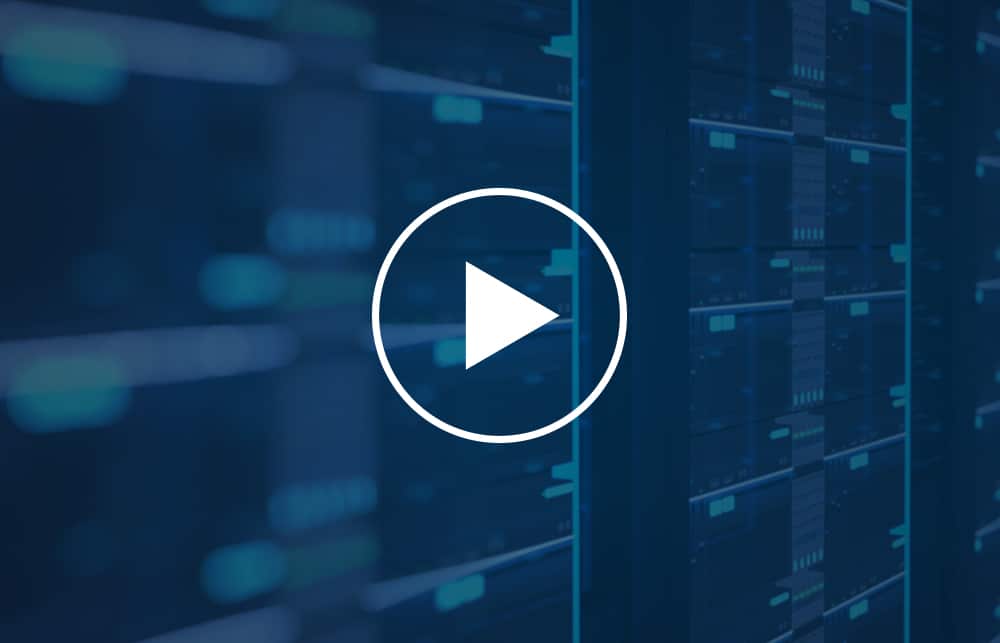MetrixData360 recently had the privilege of attending the Gartner IT Financial and Procurement Summit in Grapevine Texas. These events bring together one of the largest groups of IT professionals who are involved in software license procurement in North America. The level of knowledgeable people in the field of IT Procurement who attend is definitely unparalleled. MetrixData360 had the opportunity to speak with many of the participants as well as speak in the Vendor Showcase. Over the course of the Gartner Summit, I kept hearing the same messages again and again from organizations and I thought it would be valuable to share some of these overriding observations.
- Software audits are increasing in frequency, aggression and pretty much any metric you want to use to measure them. Almost every single attendee we spoke to had either been audited by a software vendor recently, was in the midst of an audit or expected to be audited in the very near future. This is confirmed by what we are seeing in our own business as MetrixData360’s Assert Audit Assistance service has been our fastest growing offering by far. In fact, Audit Assistance now makes up around 50% of our consulting engagements. Software vendors have very aggressive sales quotas and in our opinion the lazy way to close that gap is to launch audits.
- There are a large number of software asset management tools available to help organizations get a better understanding of their software assets and manage potential compliance risks. These tools range from standalone hardware appliances, agent and/or agentless solutions to cloud based software asset/contract management solutions. These tools generally provide great value in terms of assessing software deployments, assignment of license entitlements and software title normalization. While these important components are critical in establishing a SAM baseline, they remain clearly insufficient in terms of license optimization and cost reduction. One of the key challenges most organizations are facing is that no single solution is currently capable of bridging the gap between “raw SAM outputs” and an “optimized software-licensing model”. By this I mean these raw outputs need to be humanized and a certain level of licensing logic must be applied. Therefore, organizations are constantly faced with incomplete results and are required to purchase expensive add-on tools, provide additional training to IT procurement staff. In many cases, organizations will still need to engage 3rd party expertise to provide validation and supplement existing findings in order to deliver a concise dataset that is reflective of an organization’s optimized software license footprint. SAM solutions in market are simply offering components of the SAM process but unfortunately, none offers a complete end-to-end solution. Without any expert licensing knowledge being injected into the process, the outputs from most tools are definitely not optimized which usually plays into software vendors advantage. I state this as MetrixData360 works with raw outputs from any tool our clients use and we have yet to see data outputs which can stand alone without significant human intervention in the face of an audit.
- It is also evident that organizations are more concerned with proper software asset management than ever before. Many people I spoke to had recently taken major steps in this regard or were in the process of kicking off projects. Everyone was concerned about software licensing compliance and were taking steps to become more and more sophisticated about how they managed their assets. It certainly appears that organizations are taking software compliance more seriously and are making significant SAM investments.
- Not surprisingly, people were frustrated. They were frustrated with audit crazed software vendors. They were frustrated with the limitations of existing tools and, they were frustrated with constantly changing software licensing rules. I was left with the distinct impression that these people were doing their level best to do the right thing. By this I mean they advocated software licensing compliance and they would be among the first to rail against software piracy. Yet over and over again they were the ones facing a software audit. Many of these people felt victimized by the various revenue generating tactics employed by software vendors.
- Compared to last year’s Gartner Summit organizations are actively seeking out third party experts to augment their knowledge and comprehension regarding software asset management and related processes. Quite simply the expertise and tools required to successfully mitigate a software audit is beyond most organization’s capabilities. On several occasions, I spoke to people who said things like, “I wish I had known about MetrixData360 during my last software audit”
MetrixData360 specializes in helping organizations who are facing a Microsoft audit with assistance through every stage of the audit process. Our goal is to reduce any compliance gaps you may have and ensure that you are only paying for the software and services you really need. Contact us today to book a free consultation to see if we can help you!
Links to further resources:
Click to Learn More About MetrixData360 Assert Audit Assistance Services






